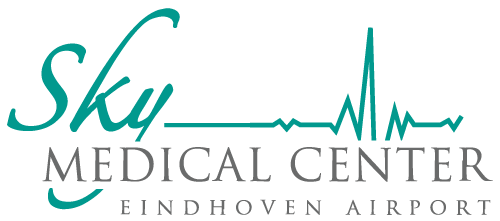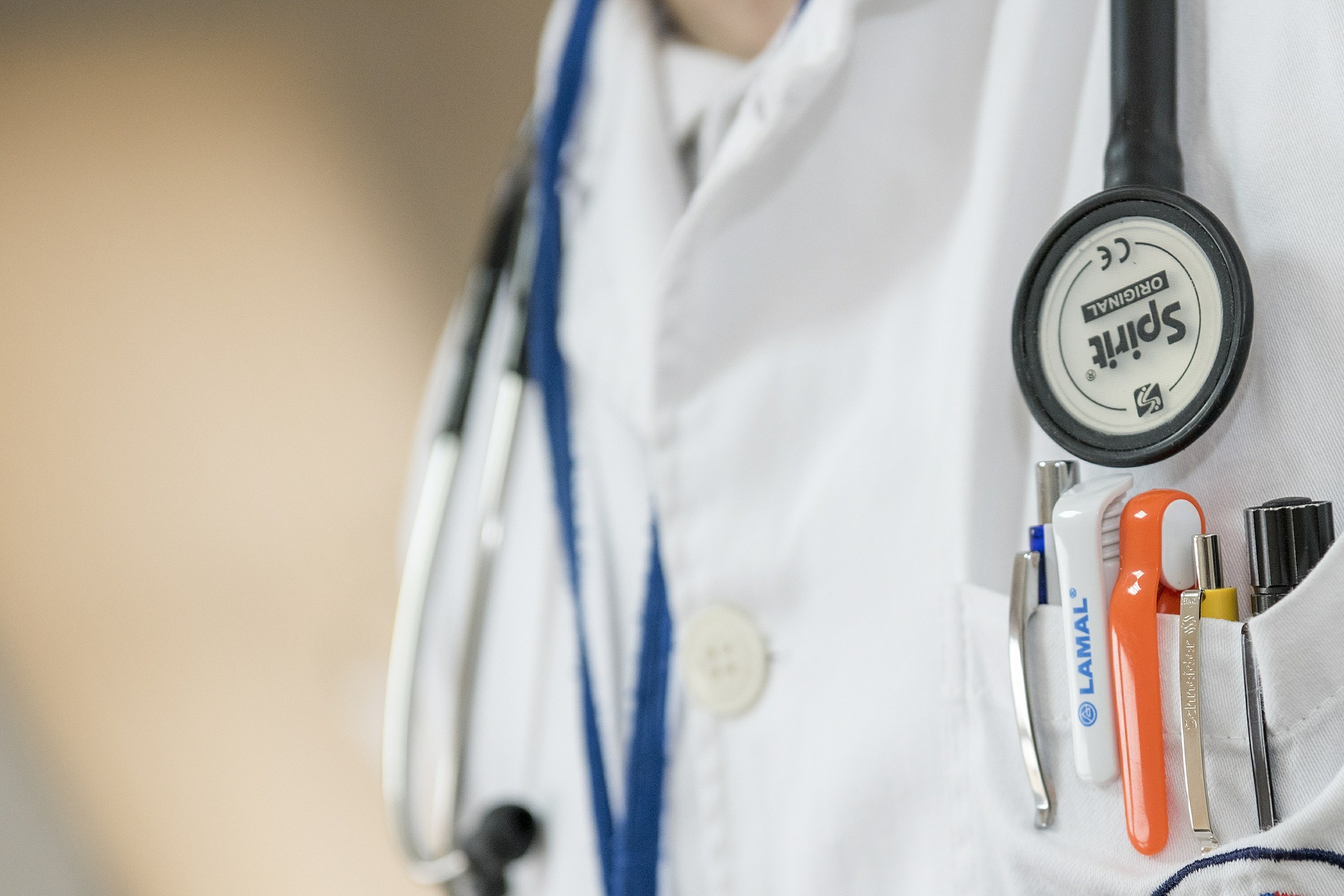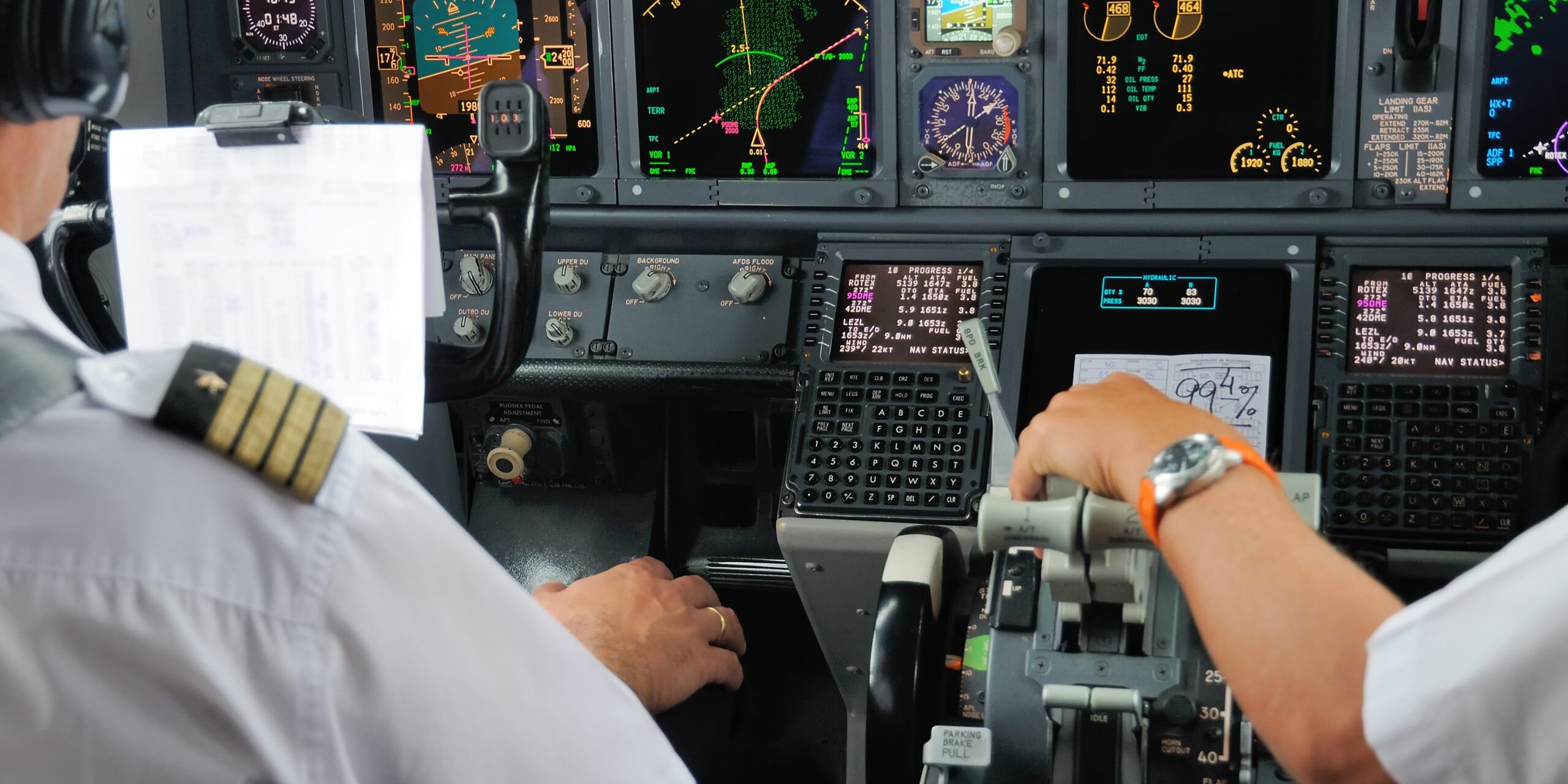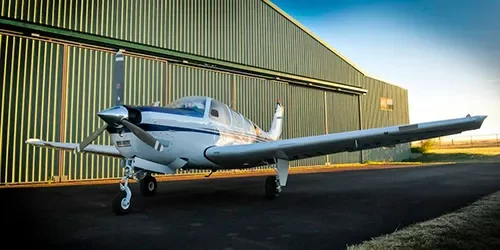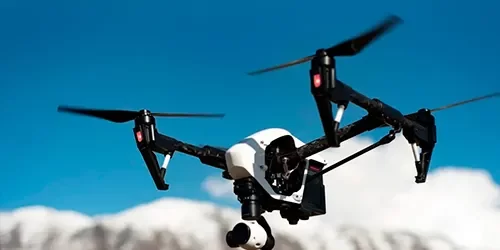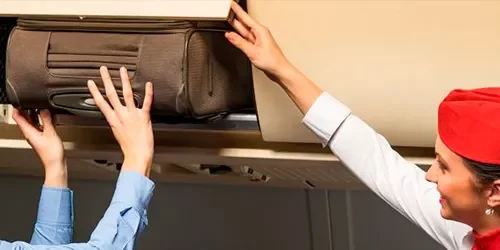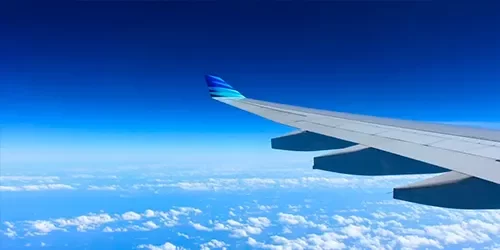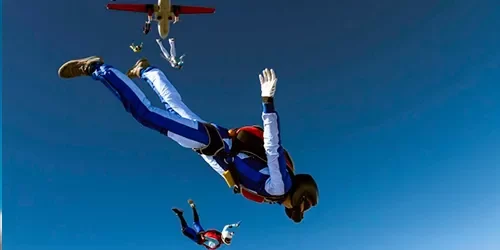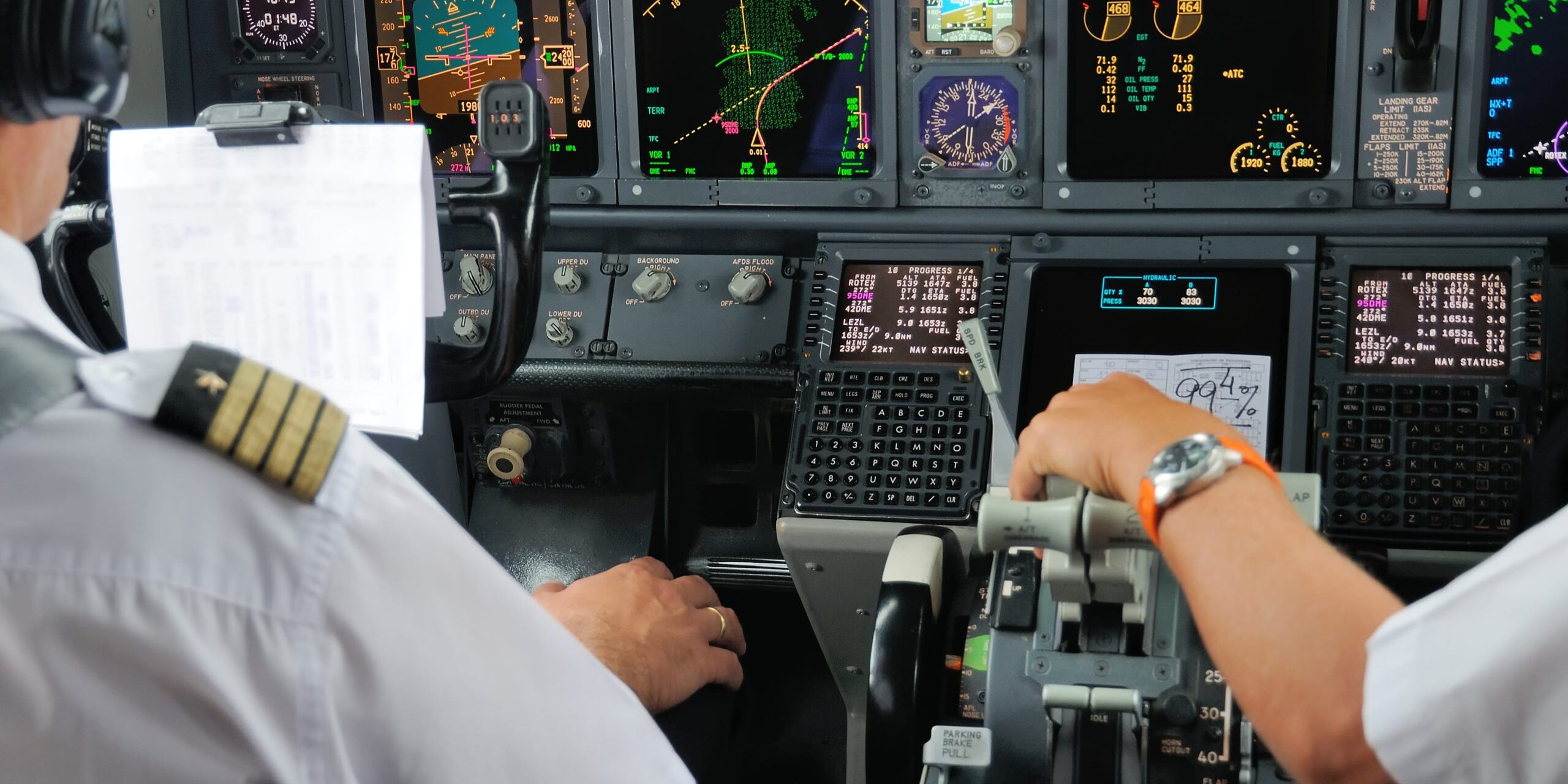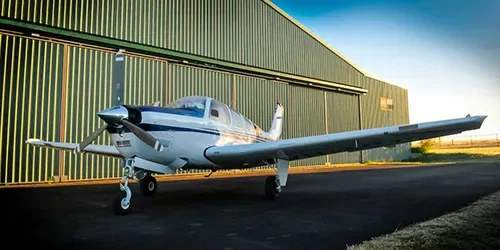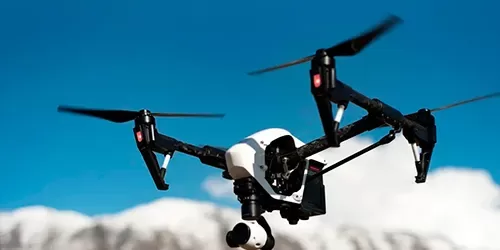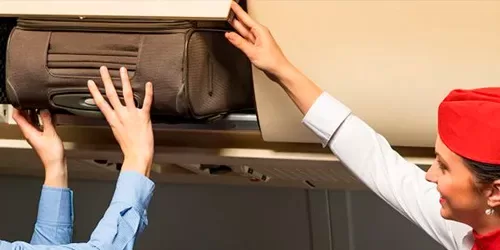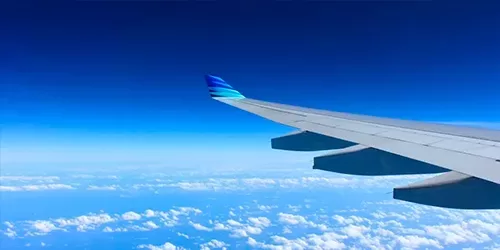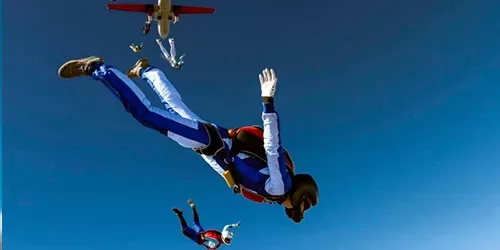EASA class 2 inspection: more information
We have compiled the information on the contents of the Class 2 inspection for you.
Blood test
A finger prick is used to determine the Hemoglobin (Hb) level in your blood. Cholesterol is determined if there are 2 or more risk factors. The examination takes place in our own laboratory; the results are known immediately.
Urine examination
At each inspection, the urine you produce on site is examined for glucose, blood and protein.
Vision examination
Your eyesight is obviously very important to perform your job safely and efficiently. As a pilot, you face factors that can affect vision and your interpretation. Examples include reduced oxygen tension at high altitude and fatigue. In addition, your eyesight declines as you age. At each inspection, your vision is tested at 30-50 cm, 1 meter and 6 meters. If you wear glasses, we measure first without and then with your corrective glasses or contact lenses. The requirement for distance visual acuity is 0.5 (6/12) or better in each eye. Visual acuity in both eyes must be 0.7 (6/9) or better. You must not be color blind if you wish to fly at night.
Physical examination
Based on the digitally completed questionnaire, you will undergo a comprehensive physical examination. In addition to the mobility, coordination, balance and equilibrium of your body, your eyes, ears, abdomen, heart and lungs are examined for possible abnormalities.
Additional research
The additional examination depends on your age and whether you have a medical indication. In our center we do the following additional examinations:
- ECG
- spirometry
- audiometry
- tonometry
- lipid measurement
- perimetry
- tympamometry
In specific cases, if additional research is needed, it is done by specialists outside our office. We cooperate with a number of specialists, in which case we arrange the transfer. - optometrist
- ophthalmologist
- psychologist/psychiatrist
ECG (Electrocardiogram)
The ECG gives us information about how your heart muscle is working. We use a 12-channel digital system, with the results stored in your medical record. We take the ECG from you at rest. To do this, we place 4 electrodes on your wrists and ankles and 6 electrodes on your chest, around your heart. We take the electrocardiogram at the initial examination and then at age 40. Starting at age 50, the ECG is taken every 2 years.
Spirometry (pulmonary function testing)
The functioning of the lungs (lung function) can be measured with a lung function test. The test measures how much air you can exhale and also measures how much air you can blow out in 1 second. The lung function test shows whether you have a condition. Your lung function is determined with a special device: a spirometer. You stand up and close your teeth and lips around the mouthpiece of the device. You can breathe through this as normal. The assistant will ask you to breathe in deeply and then blow out as hard and as much as you can. These measurements are done at least 3 times to get a reliable result. This examination is done on clinical indication.
Audiometry (Hearing test)
If you want to instrument fly, a pure tone audiometric examination is performed. You will hear sounds of different frequencies and intensities through headphones. You must not have a hearing loss of more than 35 dB at any of the frequencies 500, 100 or 2000 Hz or more than 50 dB at 3000 Hz in each ear. In flight medical examinations for renewal and renewal, this test is done every 5 years until age 40 and every 2 years thereafter. For the hearing test, you will take your seat in an approved soundproof cabin.
Tonometry (Eyeball pressure measurement)
A "puff" of air is used to measure the pressure in your eyeball. If this pressure is too high, it can lead to serious damage to the retina (glaucoma). The examination is done at your initial examination and on indication.
Rates
Our examinations
Initial examination
EASA kl 1-2-LAPL-CC
Contact
Make appointment
Revalidation
EASA and FAA
